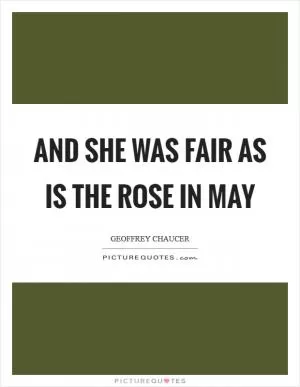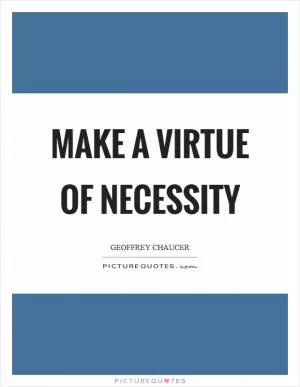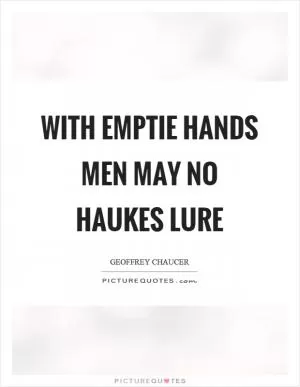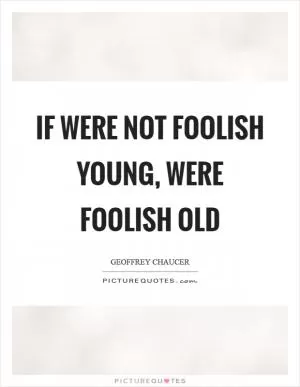So was hire joly whistle wel ywette

So was hire joly whistle wel ywette
"So was hire joly whistle wel ywette" is a line from Geoffrey Chaucer's famous work, The Canterbury Tales. This line is from the General Prologue, which introduces the various characters who will be telling their tales on the pilgrimage to Canterbury. The line describes the Wife of Bath, one of the most memorable characters in Chaucer's work.The Wife of Bath is a complex and intriguing character who challenges traditional gender roles and stereotypes. She is a strong, independent woman who has been married five times and is not afraid to speak her mind. The line "So was hire joly whistle wel ywette" captures the essence of the Wife of Bath's personality and spirit.
The phrase "joly whistle" can be interpreted as a metaphor for the Wife of Bath's lively and spirited nature. She is a vibrant and energetic woman who enjoys life to the fullest. The word "joly" suggests that she is cheerful, lively, and full of energy. The word "whistle" can be seen as a symbol of her voice and her ability to speak out and make herself heard. The phrase "wel ywette" means well-known or well-established, indicating that the Wife of Bath is a prominent and influential figure in the society of Chaucer's time.
The Wife of Bath's character is a reflection of the changing social dynamics of the medieval period. She challenges traditional gender roles and expectations by asserting her independence and autonomy. She is a strong and assertive woman who refuses to conform to the expectations placed on women in her society. The line "So was hire joly whistle wel ywette" highlights the Wife of Bath's defiance of societal norms and her determination to live life on her own terms.
Overall, the line "So was hire joly whistle wel ywette" is a powerful and evocative description of the Wife of Bath's character. It captures her vivacious personality, her strength, and her refusal to be silenced. Through this line, Chaucer presents a complex and multi-dimensional character who challenges the conventions of her time and continues to resonate with readers today.












 Friendship Quotes
Friendship Quotes Love Quotes
Love Quotes Life Quotes
Life Quotes Funny Quotes
Funny Quotes Motivational Quotes
Motivational Quotes Inspirational Quotes
Inspirational Quotes